The best in oral cancer and caries detection
Every day is the perfect day to screen for oral cancer, but, as we move into November, now is an excellent time to make preparations for Oral and Head and Neck Cancer (OHNC) Awareness month coming up in just 6 months.
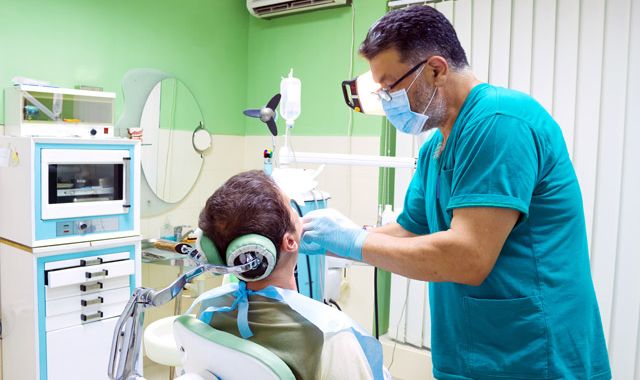
Every day is the perfect day to screen for oral cancer, but, as we move into November, now is an excellent time to make preparations for Oral and Head and Neck Cancer (OHNC) Awareness Month coming up in just 6 months.
We set aside each April to increase awareness about this disease that will affect almost 46,000 Americans and kill almost 9,000 in 2015 alone. Do not let these statistics fool you into thinking only less than 20 percent of those affected by OHNC succumb to their disease. The truth is the majority of people with OHNC are diagnosed at a late stage when the tumor is large and the disease has spread to the lymphatic system. At this stage, almost 45 percent of those diagnosed will not live for five years. So why do we rally to raise awareness of this dreaded disease in April? Because early detection saves lives. Like many other types of cancer, when OHNC is found at an early stage, the prognosis is significantly improved: Survival beyond five years approaches 90 percent.
We need to make others aware of the debilitating and often disfiguring effects of OHNC and emphasize the need to screen for abnormalities in the mouth and oropharynx that are or could become cancer. So how should we begin to plan for having the most effective OHNC month ever? Begin now. Here is a quick guide to help prepare yourself and your team to make this April really count in the war against OHNC.
Build your message
Begin by reviewing information about the disease itself. Update your knowledge of current OHNC statistics. Understand the etiologies of the disease: the use of tobacco products, consumption of alcoholic beverages and previous exposure to the human papilloma virus (HPV), the most commonly sexually transmitted infection in the United States. Some studies show at least 90 percent of Americans who are or have been sexually active (including oral sex) have been exposed to HPV. Educate patients on the risks of OHNC and help them see that screening at your April event (or, even better, everyday at your office) should be part of their personal wellness plan just like having a Pap smear, mammogram or colonoscopy, which are other screening procedures to look for cancer in its early stages.
Set your date and plan the event
Agree on a date with your office staff. Let them know this is a great opportunity to give back to the community and their participation is extremely important. Decide if the event will occur during regular office hours and if you will offer “draws,” such as snacks, goodie bags or a raffle. Consider giving tours and highlighting the benefits of your practice and staff at the event. Take advantage of this event to market your practice!
Plan your outreach
Begin in-house. Notify your patients that your office will be hosting a free oral cancer screening event in April. Ask them to invite friends and coworkers. Post notices on your website and social media. Notify local doctors, nurses, hospitals and cancer centers. Think beyond the obvious by including speech pathologists, nutritionists and other health and wellness professionals. Look at this effort to begin a new conversation with a new audience to expand your office’s reach. Contact the Oral Cancer Foundation (OCF) and post your event on its website (Note: OCF will only post events that are free to the public).
Remember, survivors of OHNC and other cancers are at a higher risk for developing OHNC and should be screened on a regular basis. Reach out to them.
Train your team, including yourself
Review effective head and neck examination skills. Realize the signs of early-stage OHNC. Understand how to palpate lymph nodes and know not only the location of the nodes that drain the head and neck region, but how to differentiate them from other structures in the neck, such as muscles and major vessels. Familiarize yourself with adjunctive devices you might use to detect OHNC at an early stage. Know what questions to ask patients to probe for possible cancer-associated issues and what answers might raise suspicion of oropharyngeal cancers when visual examination is limited or not possible. Review each team member’s role in the event from hospitality to obtaining history and consent to actually conducting the head and neck examinations.
Know your game plan in case you find something suspect
Having a patient in the chair with a suspicious lesion in his or her mouth is not the time to begin thinking about what to do or who to call for a referral. If you are not experienced in performing biopsies on suspected cancerous lesions, this is definitely not the time to start trying. Usually, there is only one shot to obtain a biopsy of diagnostic quality. Ask your oral surgeon or periodontist if he or she is comfortable performing biopsies on suspected cancerous lesions. Invite them to your event. If you perform oral biopsies on tissues that could be cancerous, make sure you have adequate supplies to send these specimen for histological evaluation. (The services of an oral pathologist are highly recommended for this type of evaluation.)
If your oral surgeon or periodontist is not comfortable performing these services, ask him or her for recommendations or consider using a head and neck surgeon. Have the name of an otolaryngologist (ENT) ready should you need a laryngeal examination with a scope for suspected laryngeal cancer. Decide what information you will give the patient should a biopsy be necessary. Know who will interpret this information to the patient. Have the necessary information ready to help the patient on the first steps of his or her cancer journey. Have a plan, and plan for everything.
Benjamin Franklin may have said it best: “By failing to prepare, you are preparing to fail.” Do not fail your patients this April by skipping Oral and Head and Neck Cancer Awareness Month. Prepare for the best screening event your office has ever had, and make your way to the front line in the war against oral and head and neck cancer.

SoproCARE
SoproCARE is said to give dental professionals a new visual tool to educate the patient on the importance of good dental hygiene and periodontal health. Utilizing fluorescence technology, SoproCARE illuminates dental tissue to reveal occlusal caries, plaque, tartar and gingival inflammation. It can be used as an intraoral camera, providing the dental professional with all of the necessary tools to perform a complete and time-efficient oral examination.
ACTEON North America
877-4ACTEON | acteonusa.com
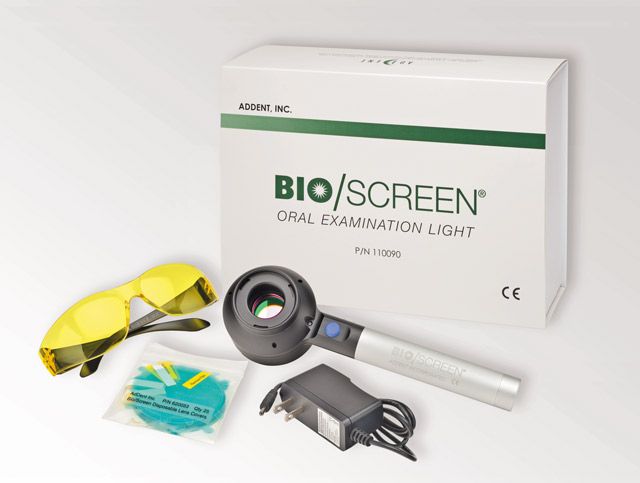
Bio/Screen
The Bio/Screen is a compact unit that reportedly offers biofluorescence visualization with the latest technology. Users can leave the room lights on during the examination, and the unit is said to have no noisy fan. It can be used for 60 minutes with only 90 minutes of charging time. LEDs indicate when the lithium ion battery needs to be recharged with an orange LED 10-minute warning indicator.
AdDent
855-211-3413 | addent.com
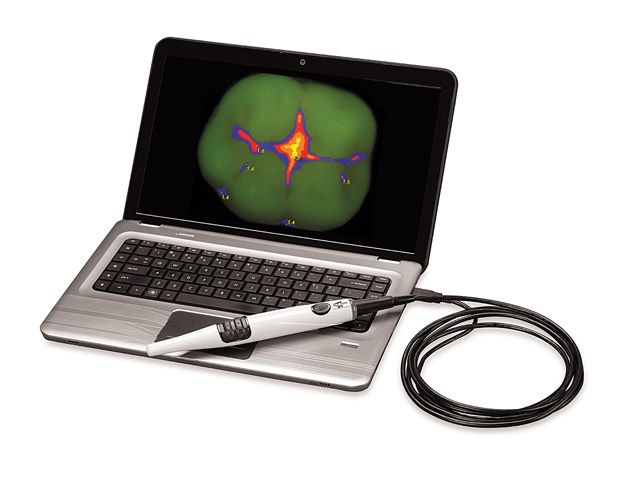
Spectra
The award-winning Spectra is said to be the only noninvasive caries-detection aid providing both color and numerical indications of the extent of the decay. Spectra reportedly helps eliminate the guesswork in detecting and diagnosing tooth decay and enhances case acceptance through better patient education.
Air Techniques
516-433-7676 | airtechniques.com
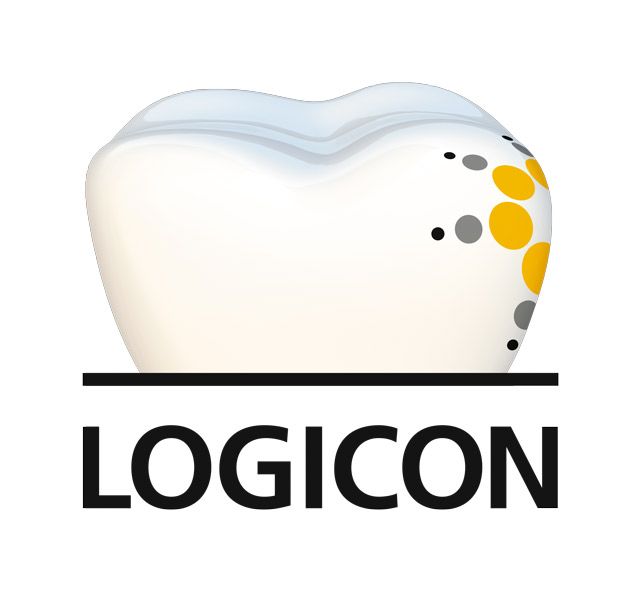
Logicon Caries Detector 5.1
Carestream Dental’s latest release of the Logicon Caries Detector 5.1 is said to further automate the caries-detection process and produce improved displays of carious sites, making exams and diagnoses even more efficient than in the past. Logicon 5.1, the only commercially available FDA-approved computer-aided radiographic caries diagnosis software, is designed to be a unique and clinically proven tool that helps practitioners detect and treat interproximal caries at an early stage, enabling minimally invasive treatments.
Carestream
800-944-6365 | carestreamdental.com
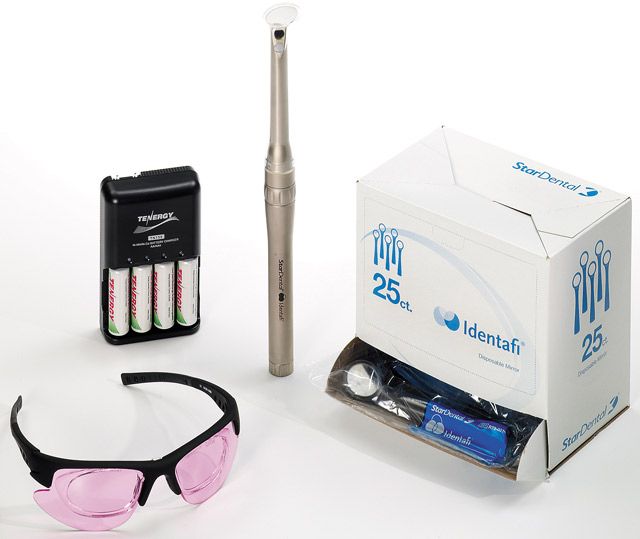
Identafi®
The Identafi® from StarDental® Instrument Solutions is intended for use by dentists, hygienists and oral surgeons as an effective tool to aid in the early detection of abnormalities that may lead to oral cancer. The intraoral, cordless, handheld device reportedly uses an innovative three-wavelength optical illumination and visualization system that allows dental professionals to identify oral mucosal abnormalities not visible to the naked eye.
DentalEZ
866-383-4636 | dentalez.com

CariVu
CariVu is a portable caries detection device that uses patented transillumination technology to support the identification of occlusal, interproximal and recurrent carious lesions and cracks, reportedly providing a much more inclusive detection of conditions. CariVu hugs the tooth and bathes it in safe, near-infrared light. On the resulting images, enamel appears transparent while lesions appear as dark areas. This is said to be so the clinician can see “through” the tooth, exposing its structure and the actual shape, position and size of any carious lesions with very high accuracy without the need for removal of bacteria on the tooth surface.
DEXIS
888-883-3947 | dexis.com
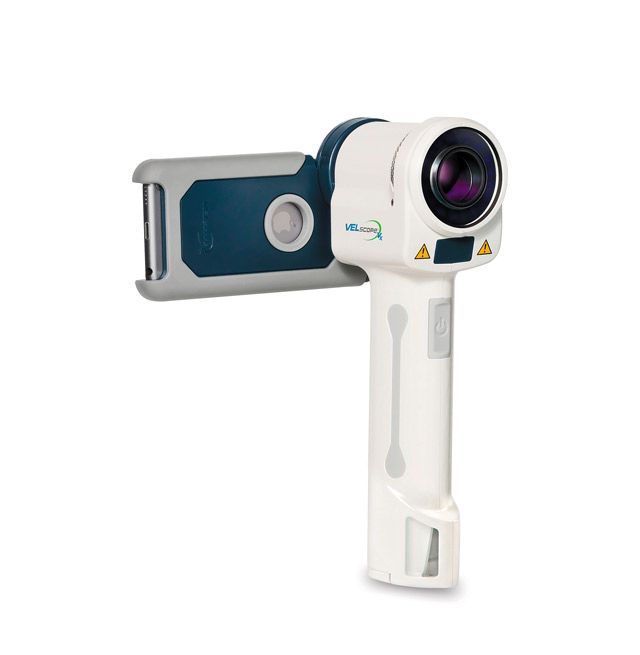
VELscope®
The VELscope® Vx is said to be an easy-to-use tool designed to aid in the visualization of mucosal abnormalities during oral examinations. From bacterial infections and inflammation to cancer and pre-cancerous lesions, the VELscope’s tissue fluorescence technology reportedly can help point out oral health concerns that may have otherwise been overlooked. Backed by more clinical research than any other visualization device, the VELscope is the market leader in adjunctive screening technology with more than 25 million screenings performed by 15,000 practitioners in 23 countries around world.
LED Dental
844-952-7327 | leddental.com
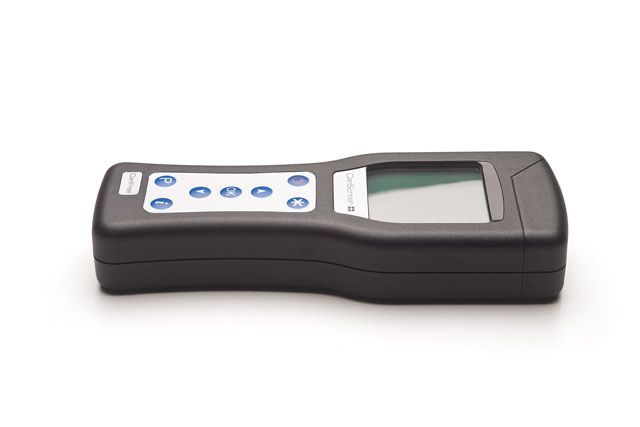
CariScreen
The CariScreen Caries Susceptibility Test is said to be a simple one-minute chairside bacterial test for assessing patients’ caries risk. The patent-pending CariScreen uses ATP bioluminescence to identify oral bacterial load and has been proven to correlate with patients’ risk for decay. The test reportedly is quick and painless and not only allows you to measure your patients’ risk for decay today but also helps measure their progress as they follow the recommended protocols for reducing risk.
Oral Biotech
800-503-0625 | carifree.com
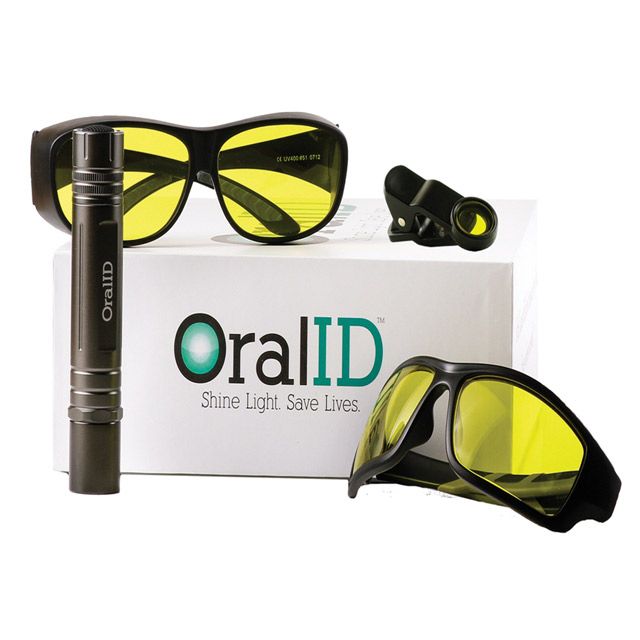
OralID
With oral cancer continuing to rise, Forward Science was founded with a vision to create a simple, efficient and more affordable oral cancer-screening device to save more lives. Given its simple design and lack of per-patient costs, OralID reportedly can be implemented into every hygiene exam, giving clinicians the ability to Shine Light. Save Lives™. With each OralID kit, Forward Science includes a proprietary SmartFilterID™ to easily photo document OralID lesions through any smart device.
Forward Science Technologies
855-696-7254 | oralid.com
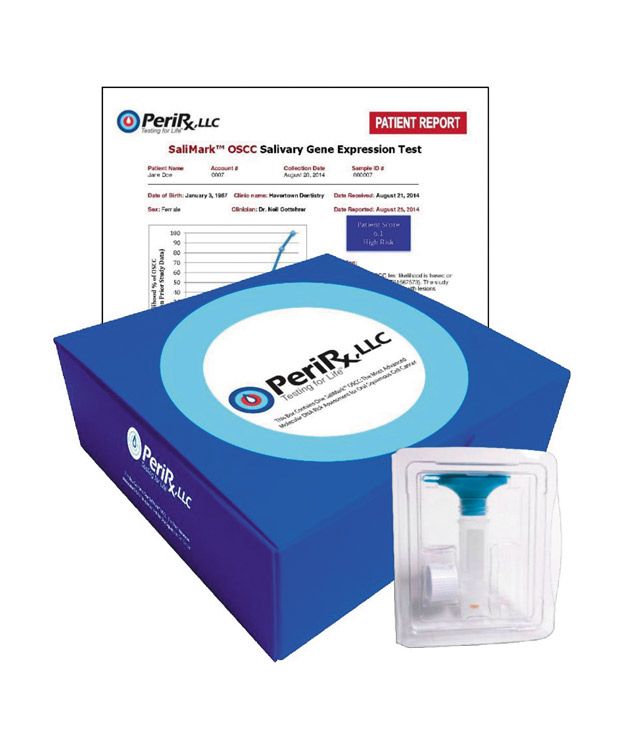
SaliMark™ OSCC
SaliMark™ OSCC is said to be the first and only risk-assessment test for oral cancer. This saliva test is based on the initial discovery and prevalidation work conducted by Dr. David T.W. Wong at UCLA. More than a decade of National Institute of Dental and Craniofacial Research and National Institute of Health-supported research reportedly make SaliMark™ OSCC the world’s most scientifically-validated DNA biomarker test for oral cancer. Simple, accurate and painless, SaliMark™ OSCC is designed to be easily integrated into your oral cancer exam for earlier detection.
PeriRx, LLC
610-544-3500 | perirx.com
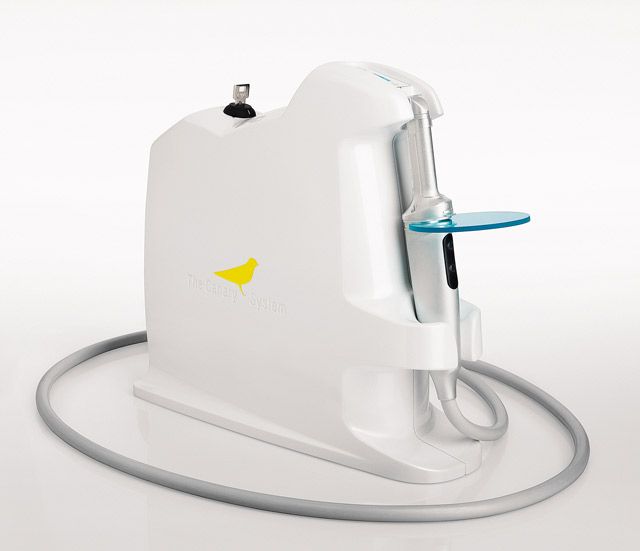
The Canary System
The Canary System is said to be a precise laser-based system with an integrated intraoral camera that detects cracks and caries not seen with other devices. It reportedly is 25 percent more accurate than bitewing radiographs. The Canary System is reportedly accurate to a depth of 5 mm below the tooth surface and ideal for identifying interproximal decay, caries around and beneath the intact margins of restorations and caries under sealants.
Quantum Dental Technologies
866-993-9910 | thecanarysystem.com

Vista-Red™ and Vista-Green™
Vista-Red™ and Vista-Green™ caries indicators reportedly are not made like all the rest. This glycol-based solution is made to facilitate removal of various dentins by making sure the maximum amount of inner dentin is preserved and the infected dentin is removed. Pulp exposure is nothing to fear with Vista-Red™ and Vista-Green™. They help prevent overextracting deep caries.
Vista Dental Products
877-418-4782 | vista-dental.com

ESPýOC™
Visual Solutions (a wholly owned subsidiary of Vista Dental Products), introduced the ESPýOC™ oral cancer screening system. ESPýOC™ is a said to be a game-changer in the way the dental and medical community visualizes oral cancer. It reportedly is a simple, cost-effective and noninvasive chairside test that provides immediate results for patients with suspicious lesions.
Vista Dental Products
877-418-4782 | vista-dental.com
Product Bites – November 10, 2023
November 10th 2023The weekly new products podcast from Dental Products Report is back. With a quick look at all of the newest dental product launches, Product Bites makes sure you don't miss the next innovation for your practice. This week's Product Bites podcast features new launches from Amann Girrbach, DMG, Pac-Dent, and ASI Dental Specialties. [4 Minutes]